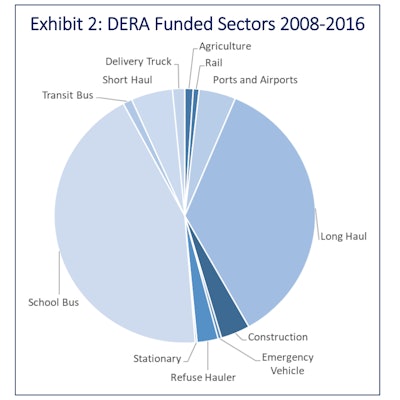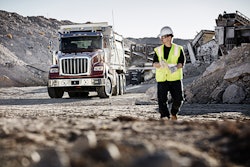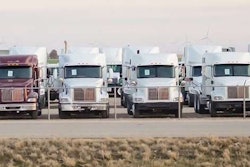The U.S. Environmental Protection Agency (EPA) released its fourth report to Congress on the highlights of 2008’s Diesel Emission Reduction Act (DERA).
Since its implementation more than a decade ago, the EPA reports more than 67,000 diesel-powered engines have been upgraded or replaced thanks to funding provided DERA. This acceptance of new engine technology has led to a reduction of 472,700 tons of nitrogen oxides (NOx), 15,490 tons of particulate matter (PM), and 5.1 million tons of carbon dioxide (CO2) into the air. Additionally, the EPA reports more than 454 million gallons of fuel were saved between 2008 and 2016. These reductions resulting in $19 billion in public environmental benefits, and for only $629 million invested by Congress.
“The DERA clean diesel retrofit program continues to be one the nation’s most successful federally funded programs. It’s a rare examples of a program that actually works, delivering substantial, tangible benefits to American citizens: fuel savings and cleaner air in all 50 states,” says Allen Schaeffer, executive director, Diesel Technology Forum. “You’d be hard-pressed to find another environmental program that has enjoyed such bipartisan support or that has been as cost-effective while bringing innovative clean air and public health benefits to communities across the country.”
The EPA reports DERA projects have been funded in each of the 50 states. More than 60 percent of these projects have been targeted to areas with identified air quality challenges, with the most funding going to support school bus and long-haul truck replacements. Construction and agricultural equipment, refuse haulers, delivery trucks and transit buses were also represented in the projects that received funding, EPA reports.
“The genius of the DERA program is that it pairs private sector funds with federal dollars, geared solely to bringing innovative new clean air and fuel savings technologies to market,” says Schaeffer. “State and local clean air regulators can rely on DERA funding as a key tool to help move communities toward compliance, delivering cleaner air for citizens most in need. Meanwhile, the federal share of the DERA funding represents a small share of the total cost of each project to encourage owners to retrofit or replace with new clean technologies.”
The need for DERA’s incentive funding still exists. Funding requests for DERA exceed funding availability by as much as 38:1 for the National Clean Diesel Rebate Program and 7:1 for the national grant competition, the EPA states. On top of this, the agency estimates that nearly 10 million older diesel engines remain in use today; approximately one million of these will still be in use by the year 2030.

He adds, “Because of this demonstrated need, and DERA’s tremendous accomplishments, we’re hopeful that DERA continues to receive Congressional support and funding for years to come,” continued Schaeffer. “Past solicitations to the U.S. EPA for DERA program funding have consistently been oversubscribed, reflecting a high level of ongoing interest and demand from states and local communities.”
To read the entirety of the EPA’s report, please CLICK HERE.










